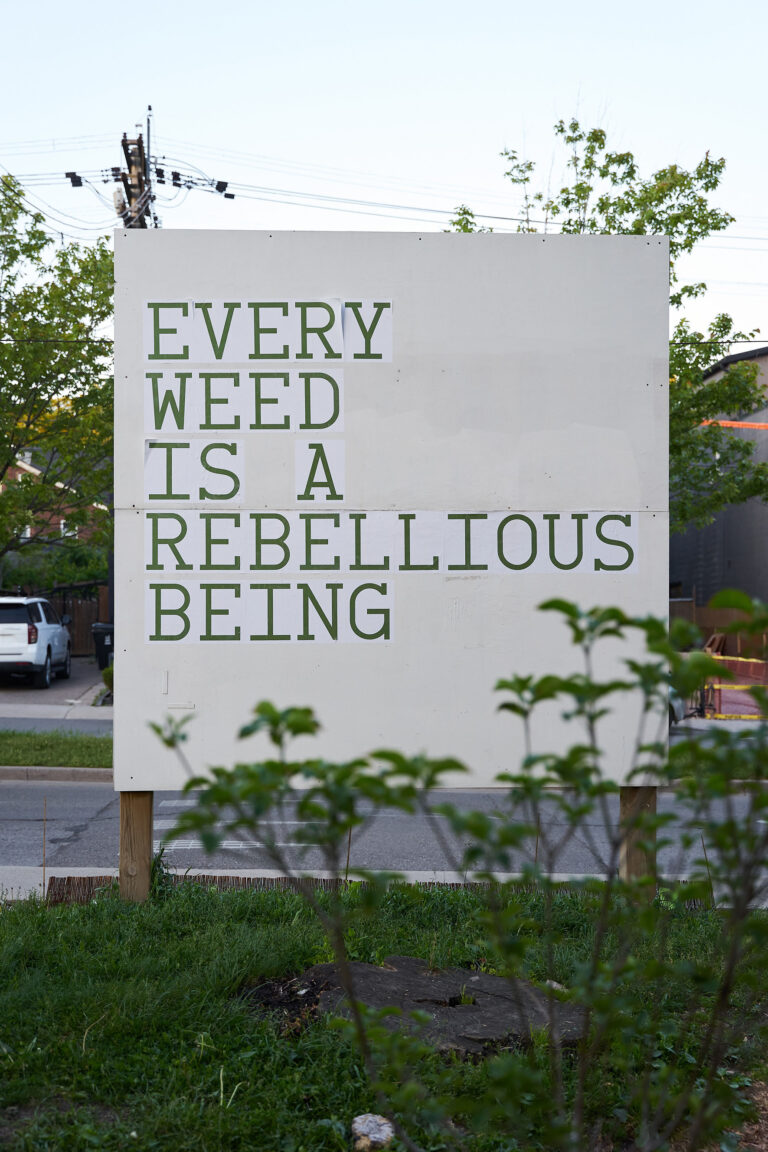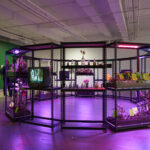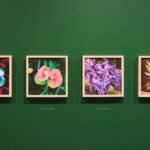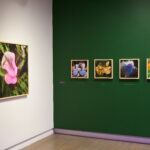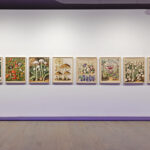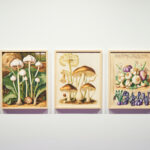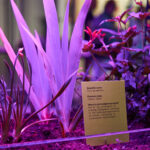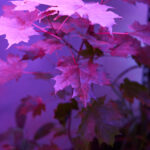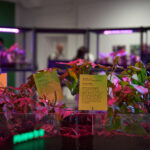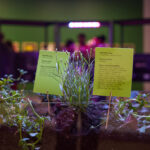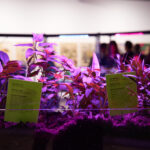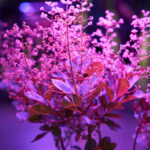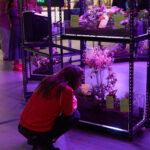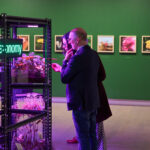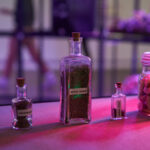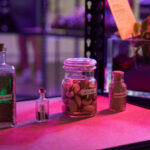Koffler Arts is proud to present Botannica Tirannica by award-winning Brazilian artist Giselle Beiguelman. The exhibition explores how common and scientific botanical names both mirror and perpetuate societal prejudices against racial, cultural, gender, and social groups. Beiguelman was inspired to create this exhibition after receiving a gift of a Tradescantia zebrina seedling, commonly called “Wandering Jew”, a name referencing the 13th-century myth that recurred in Nazi propaganda. This led Beiguelman to investigate the complex, interwoven histories of botany, taxonomy and colonialism that often result in discrimination against specific groups of people.
For Canada, the exhibition has been updated to include over a hundred local plants, the result of research work that benefited from invaluable collaboration with two Indigenous experts to situate the exhibition in a Canadian context: Dr. Jonathan Ferrier, a Mississauga, Anishinaabe (Ojibwe) scientist and a Biology professor at Dalhousie University, and Isaac Crosby, a Black/Ojibwa knowledge keeper, gardener and agriculture expert.
Alongside the display of plants outside and iside the building, visitors to the gallery will engage with two series of images created using Artificial Intelligence (AI) – one series of still images, the other series in video – of reimagined hybrid plants that are positioned as resistant and resilient life forms in a post-natural, decolonialized garden. The exhibition also includes a soundscape by Brazilian Berlin-based composer, visual artist, and researcher Gabriel Francisco Lemos.
The exhibition debuts a never before exhibited series by Beiguelman called Poisonous, Noxious and Suspicious, which explores the use of mushrooms and garlic as Antisemitic symbols throughout history. Mushrooms were central to Nazi Antisemitic pedagogy, starring in the most important children’s book, Der Giftpilz (The Poisonous Mushroom), with text by Ernst Hiemer and illustrations by Philipp Rupprechtby, published by Julius Streicher in 1938. Garlic was also commonly associated with Jews. In Germany, some Antisemitic imagery from the Middle Ages and Renaissance depicts Jews holding garlic in one hand and, at times, holding a bag of money in the other hand. During the Spanish Inquisition in the 1490s, Jews were so closely associated with the consumption of garlic that merely eating garlic could draw suspicion and single out Jews for torture and death.

